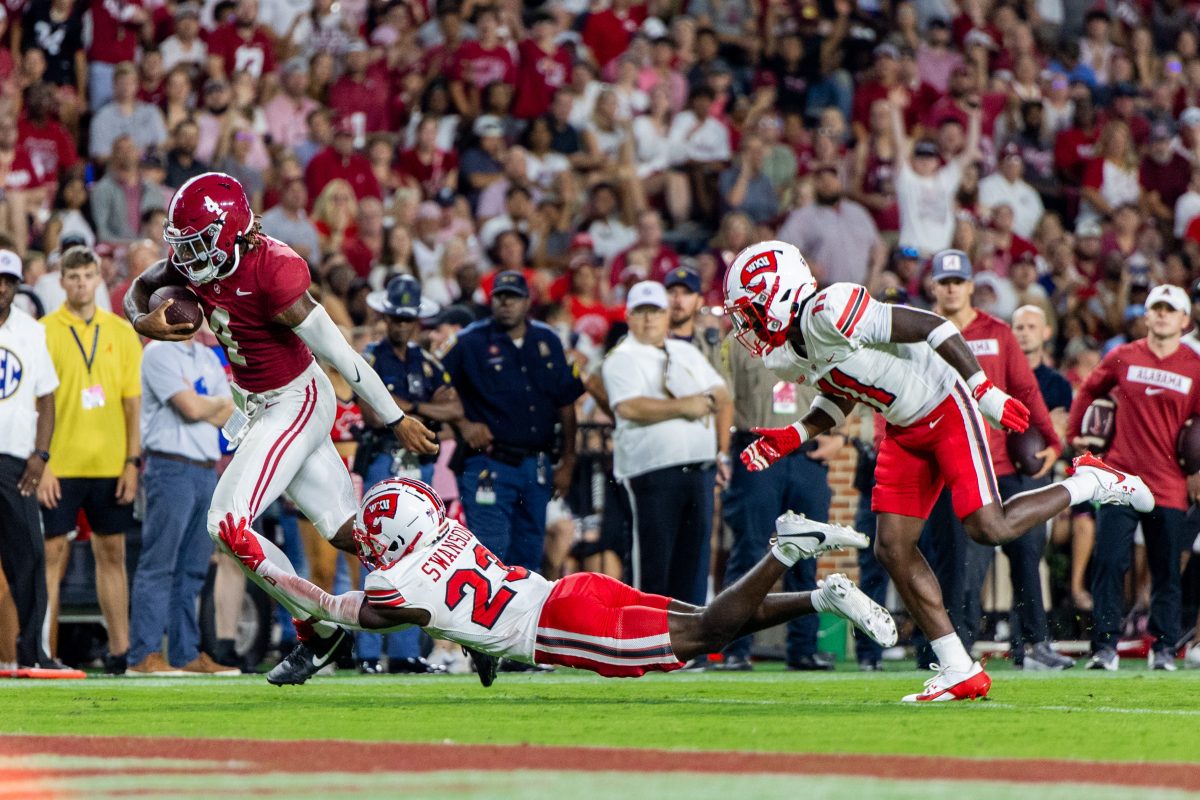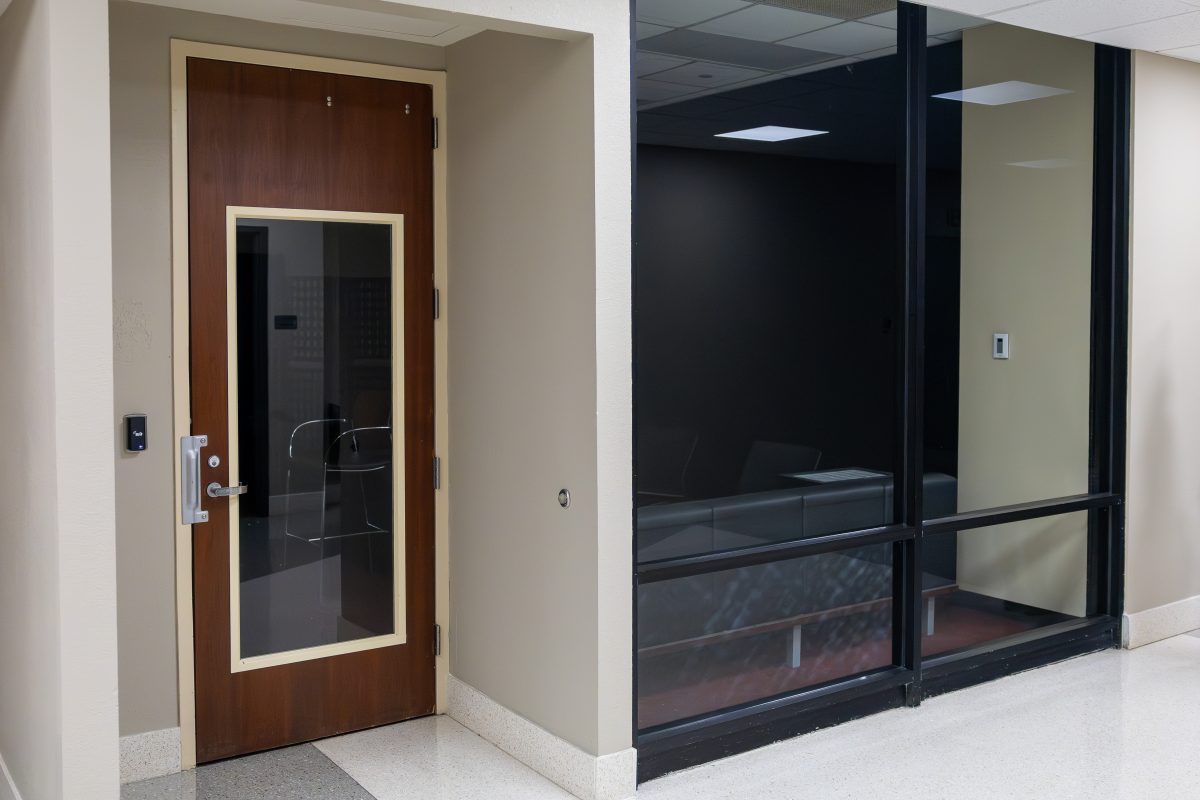Bright, burnt orange was the overwhelming color. The box of a building was seemingly barren, aside from a few posters scattered about that all said the same thing more or less, “Get cash fast.” Aside from the seemingly lifelessness of the place, there was an unmistakable sense of urgency. If I had to guess I’d say they painted the walls that shade of orange with a specific goal in mind, and they achieved it. Easy Money is a fitting name for this place; they even have a drive through.
A 3.5 inch layer of what I assumed to be bullet proof glass occupied the space between the teller and me, which made it somewhat difficult to understand what she was saying. This was probably just as intentional as the color of the walls. Confusion and urgency breed poor decisions. I asked how large of a loan I could potentially get in order to buy a used car, “I was hoping for $800, but I’ll take what I can get” I said to her. She remained unfazed, looked right through me and rattled off a list of things I would need to get cash fast: a blank check, my last pay stub, identification, proof of residency, and a bank statement. I could already tell she had seen past my half-baked facade, so I decided to go ahead and give up on appearing clueless and ask about interest rates. She mumbled something inaudibly and pointed at a sign hanging on the opposite wall.
The sign—written like a legal document—listed the fees associated with a loan based on the loan amount. Starting a $100, the going fee rate was listed as 17.5 percent, not too bad. The annual percentage rate (APR) for the 2 week window, however, was 456.25 percent at every price going up to a $500 loan. This process is known as creating a debt trap. Low-income borrowers are presented the opportunity to take out a cash loan in a process that takes about 15 minutes. There is no credit check, so anyone can receive a loan. The kicker, as usual, is the interest rate; if the loan is not paid back along with the 17.5 percent fee, the interest will rise until it reaches 456.25 percent by the end of the year. And thus is the foundation of the Payday Lending industry, the bet that borrowers will not ever be able to fully pay back the loan putting them in the pocket of the lender.
The rest of the sign consisted of rules and regulations that would warrant calling an attorney to decipher. I noticed the teller was already talking to the next person in line so I showed myself out.
To put things in perspective, for every McDonalds in the state of Alabama there are 4 payday lenders. They prey on impoverished communities like vultures, crippling their clientele and sucking them dry. It’s as if the stickup kids got their business degrees and decided to start a franchise out of robbing people, but instead of guns they’re using the fine print.
It’s a clever scheme, and while it has developed over a long period of time but has only recently hit the scale that it exists on now. The beauty of it, from the industry’s side at least, is that when borrowers are unable to pay back the original loan, they do the same thing they did the last time they needed money. In Alabama, 41 percent of borrowers attempt to pay off their loans using another loan, that group of secondary borrowers (more specifically those who have borrowed 5 or more times) account for 91 percent of the industry’s business.
Aside from payday loans, these businesses also offer title loans. Title loans are potentially even more dangerous because there is no cap on the loan, unlike the existing $500 cap on payday loans. The price of the loan is based on the value of, for example, the borrower’s car. The borrower typically receives 50 percent of what their car is worth and the lender keeps the title as collateral. The interest might be a little less than a payday loan, 300 percent as compared to 456 percent, so the borrower has to cover 25 percent per month. The borrower is forced to roll over on the loan until they can’t finance it, and eventually the lender repossesses the car. They then sell the car and the borrower sees no return, and no longer has a mode of transportation.
There is some hope, though: legislation is currently in the works that could substantially cut the profits of predatory lenders. The basis of the new rule, proposed by the Consumer Financial Protection Bureau (CFPB), is that lenders will have to make efforts to ensure borrowers will be able to payback their loans. This includes conducting a full-payment test and checking borrowers’ consumer credit reports before even offering a loan. This would be a huge step in the right direction, in terms of cutting profits of the payday lending industry, as most of their target clientele would be unable to pass a full-payment test. However, this industry will not go down without a fight. The Community Financial Services of America (CFSA), the trade association representing payday lenders, held a conference in the Bahamas back in March to discuss ways to finagle their way around the legislation. As always, the money will find its way into the pockets of the right people, and the only way this rule will pass is if those who stand to gain are as active as those who stand to lose.








